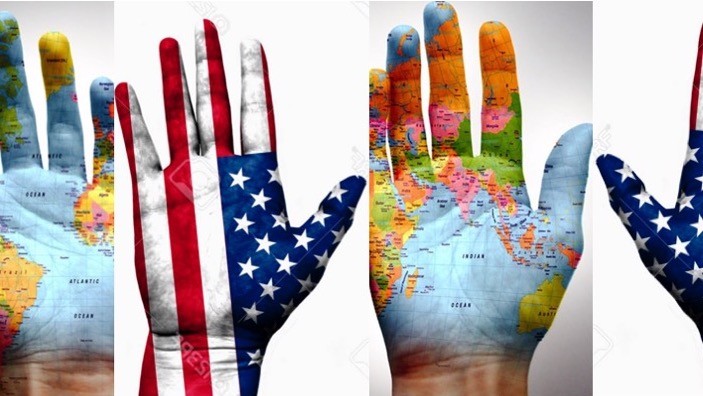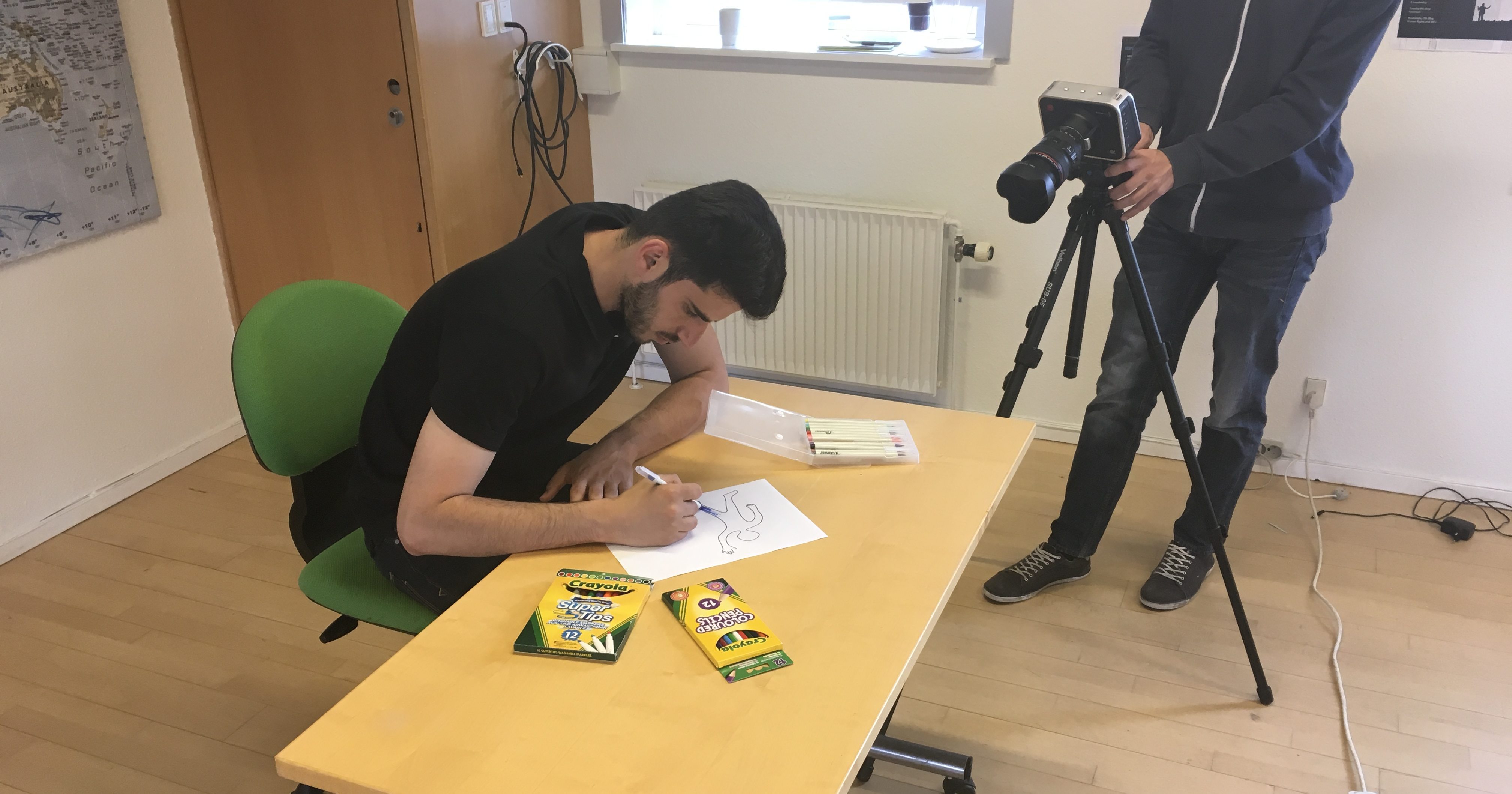“This is IS” is an ethnographic film series created by Annelies Kusters (researcher) and Jorn Rijckaert (camera and editor), consisting of six episodes on the practice and politics of International Sign (IS). It focuses on the uses of International Sign in the context of professional mobility, i.e. how students, teachers, translators, interpreters, performers, presenters, organisers […]
Category: Professional Mobility
Deaf mobility and immobility: Who travels and where?
Annelies Kusters, Amandine le Maire, Erin Moriarty (11 May 2021) Note: this video was produced for the course “International Connections and International Sign Among Deaf people”, developed by OsloMet – Oslo Metropolitan University and Gallaudet University. The term “mobility” signals a movement in a physical space which can be on a small scale as simply walking from one […]
Calibrating deaf cosmopolitanism
Erin Moriarty and Annelies Kusters, 28 February 2021 Note 1: this video was produced for the course “International Connections and International Sign Among Deaf people”, developed by OsloMet – Oslo Metropolitan University and Gallaudet University”.Note 2: this blog is based on a longer article: “Deaf cosmopolitanism: Calibrating as a moral process – International Journal of […]
“Mingling”: Learning International Sign via immersion versus learning it in class
Annelies Kusters, 24 February 2020 People often say that International Sign (IS) is something that you only can learn by “mingling” with people from other countries. In other words, you learn it by doing it. Since IS does not have a fixed lexicon, signers learn IS by meeting other signers in international contexts. This includes […]
How much is too much? On the use of ASL signs in International Sign
Annelies Kusters, 12 September 2019 Note: this blog is based on a longer article: “The tipping point: On the use of American Sign Language in International Sign” Language & Communication 75 – open access here: https://doi.org/10.1016/j.langcom.2020.06.004 “There is a lot of ASL in International Sign”, and “That does not look like International Sign to me, […]
Using language portraits with deaf signers: do’s and don’ts
Note: this is a re-post of a blog that first appeared on Acadeafic.org on 11 May 2019. See this open access article to read more about how we used language portraits: Kusters, Annelies & De Meulder, Maartje (2019). Language Portraits: Investigating Embodied Multilingual and Multimodal Repertoires [65 paragraphs]. Forum Qualitative Sozialforschung / Forum: Qualitative Social Research, 20(3), […]
What language portraits tell us about the embodied experience of International Sign
by Annelies Kusters, 20 March 2019 See this open access article to read more about how we used language portraits: Kusters, Annelies & De Meulder, Maartje (2019). Language Portraits: Investigating Embodied Multilingual and Multimodal Repertoires [65 paragraphs]. Forum Qualitative Sozialforschung / Forum: Qualitative Social Research, 20(3), Art. 10, http://dx.doi.org/10.17169/fqs-20.3.3239. I used language portraits to do research into the […]
On audio-recorded presentations, Australian accents, and translated deaf selves
By: Annelies Kusters and Jemina Napier, 14 September 2018 Annelies: What do people think when they see a signing person on stage, and hear a simultaneous interpretation? On Thursday 6 September, I gave a keynote presentation at BAAL titled “Sign multilingual and translingual practices and ideologies”. You can find the video here (click CC for subtitles): […]
Researching language ideologies and attitudes about International Sign
By: Annelies Kusters, 10 July 2018 For a year, I have been doing research on International Sign, more specifically on what people think about International Sign, how people feel about it, how they learned it, and when they use it (or not) and why. Some people have called it a uniquely deaf phenomenon because it […]















